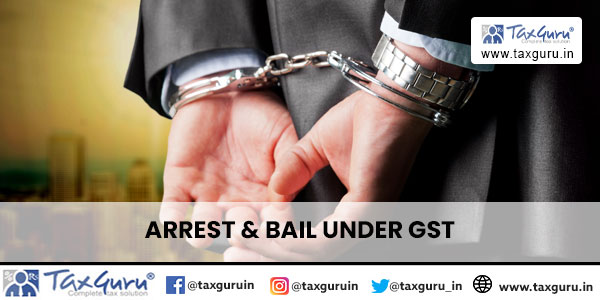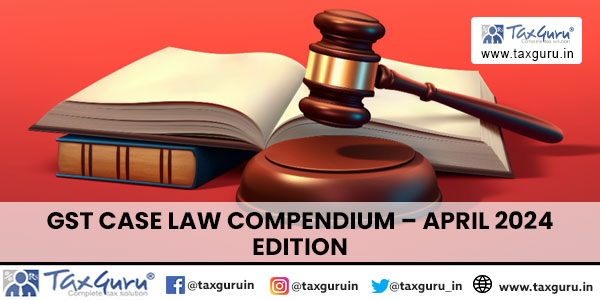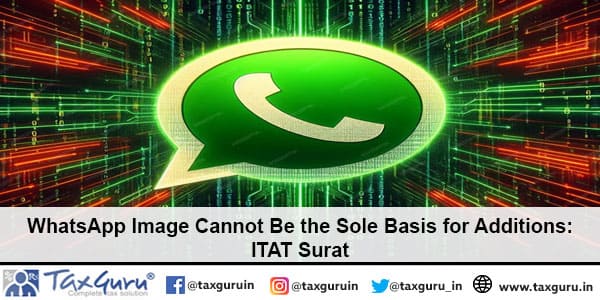An accounting standard is a common set of principles, standards and procedures that define the basis of financial accounting policies and practices. Accounting standards are adopted by companies in India and issued under the supervision of Accounting Standards Board (ASB) which is a committee under Institute of Chartered Accountants of India (ICAI) consisting of representatives from government department, academicians, other professional bodies viz. ICAI, representatives from ASSOCHAM, CII, FICCI, etc.
Ind AS stands for Indian Accounting Standard and are converged standards for IFRS (International Financial Reporting Standards). Before the introduction of Ind AS, financial statements were prepared on the basis of Accounting Standards (AS) which were not in line with the standards and principles applicable globally (IFRS). Due to this investors were not able to assess and compare the financial position of Indian companies with other global companies. In order to make the financial statements uniform, Ind AS were introduced which are converged form of IFRS (global standards).
Page Contents
Classification of Enterprises for Applicability of IND AS
The enterprises are classified and labeled as Level I, Level II and Level III companies. Based on this classification and the category in which they fall the Accounting standards are applicable to the enterprises.
Objective of AS-9
AS-9 prescribes the accounting treatment of revenue arising from certain types of transactions and events. Revenue is income that arises in the course of ordinary activities of an entity and is referred to by a variety of different names including sales, fees, interest, dividends and royalties. The primary issue in accounting for revenue is determining when to recognize revenue. Revenue is recognized when it is probable that future economic benefits will flow to the entity and these benefits can be measured reliably. This Standard identifies the circumstances in which these criteria will be met and, therefore, revenue will be recognized. It also provides practical guidance on the application of these criteria.
Applicability of AS-9
This standard was recommendatory for only Level I enterprises and but was made mandatory for all other enterprises from April 01, 1993. Level I enterprises are those enterprises whose turnover for the immediately preceding accounting year exceeds INR 50 crores. The turnover here does not include other income and is applicable for holding as well as subsidiary companies.
Scope of AS-9
This standard shall be applied in accounting for revenue arising from the following transactions and events:
1. Sale of goods
In this seller has transferred the property in the goods to the buyer for a consideration. For most of the cases, the property transfer in goods results in transferring the significant risks and rewards in relation to ownership. Moreover, there are situations where the transfer of significant risks doesn’t coincide with the transfer of goods to the buyer, in such cases revenue has to be recognized at the time of transfer of significant risks and rewards to the buyer. In cases, where the performance may be substantially completed prior to the execution of the transaction generating revenue, the sale is assured under government guarantee or a forward contract or where the market exists and there is a negligible risk of failure to sell, the goods involved are often valued at the net realizable value.
2. Rendering of services
It is divided in 2 ways:
(a) Proportionate Completion Method: This method of accounting recognizes revenue in the statement of profit & loss proportionately with the degree of completion of each service. Here the service completion consists of the execution of more than one act. Revenue is recognized with the completion of each such act.
(b) Completed Service Contract Method: This method of accounting recognizes revenue in the statement of profit & loss only when the rendering of services under a contract is completed or substantially completed.
3. Use by others of entity assets yielding interest, royalties and dividends
- Interest: Revenue is recognized on the time proportion basis after taking into account the amount outstanding and the rate applicable.
- Royalties: Royalty includes the charge for the use of patents, know-how, trademarks, and copyrights. Revenue has to be recognized on the basis of accrual basis and in accordance with the relevant agreement.
- Dividends: Revenue has to be recognized when the owner’s right to receive payment is established. It is only certain when the company declares the dividends on the shares and the directors actually decide to pay the dividends to their shareholders.
Differentiating IND AS -18 VS AS-9
AS – 9 is recognized at nominal value using time proportion basis whereas IND AS-18 at fair value using effective interest rate method. IND AS – 18 also includes the exchange of goods and services with goods and services of similar and dissimilar nature. AS-9 includes revenue as per completed service method or percentage completion method but IND AS-18 recognizes revenue as per percentage of completion method.
Thus, revenue recognition emphasizes on the timing of recognition of revenue in the statement of profit and loss of an enterprise. The amount of revenue arising from a transaction is usually determined by an agreement between the parties involved in the transaction. When uncertainties arise regarding the determination of the amount or its associated costs, these uncertainties may influence the timing of the revenue.





















” A gist on AS – 9 / IND AS – 18 ” Article is very useful. In short its describe about AS 9. Please write an article like this for other 28 Accounting Standard also. Thanks & God Bless You.